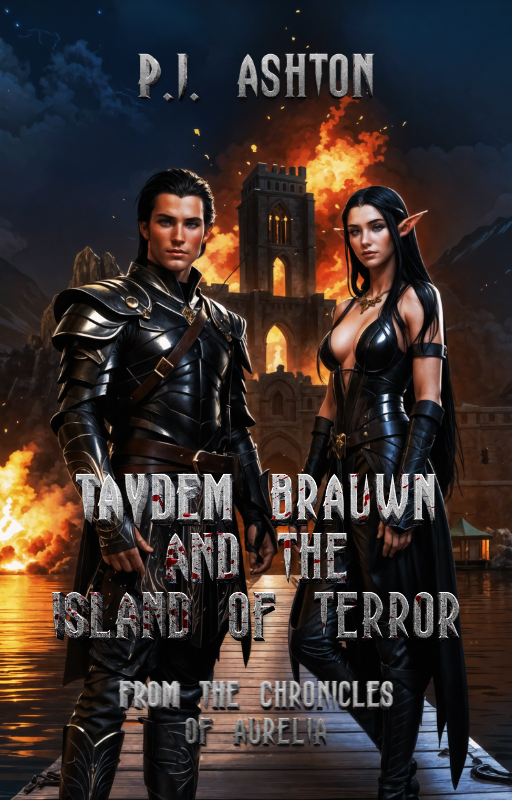Writing something controversial involves addressing contentious topics in a way that sparks debate or challenges prevailing perspectives. Let’s consider an example related to artificial intelligence and its potential impact on society:
In an article exploring the future of employment in the age of advanced AI, you might assert a provocative thesis: “As artificial intelligence continues to advance, it’s time to reconsider the traditional concept of employment and embrace a shorter workweek for all.”
To support this controversial stance, you could delve into the potential benefits, arguing that a shorter workweek could lead to increased job opportunities, improved work-life balance, and enhanced overall well-being. Citing studies on productivity and the changing nature of work, you might challenge the widely accepted notion that longer hours equate to greater productivity.
However, you also acknowledge the potential drawbacks, such as resistance from industries reliant on longer work hours and the need for a fundamental shift in societal attitudes towards productivity. By addressing counterarguments and acknowledging potential challenges, your controversial piece becomes a nuanced exploration rather than a one-sided assertion.
In this example, the controversy lies in challenging established norms regarding the relationship between work hours and productivity. By presenting a well-reasoned argument supported by evidence, you engage readers in a thought-provoking discussion, encouraging them to reevaluate their perspectives on work in the context of advancing technology.
When writing something controversial, it’s crucial to maintain a respectful tone, acknowledge opposing views, and provide evidence and reasoning to support your stance. This approach fosters meaningful dialogue and encourages readers to critically examine their own beliefs on the subject.











